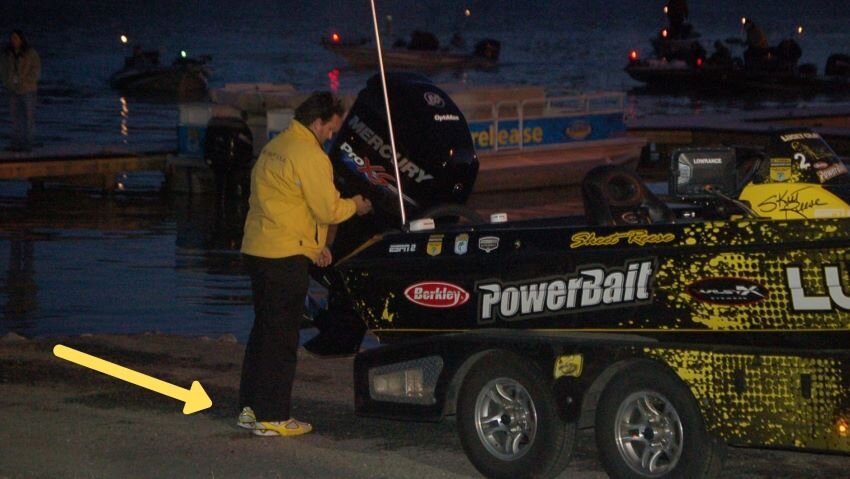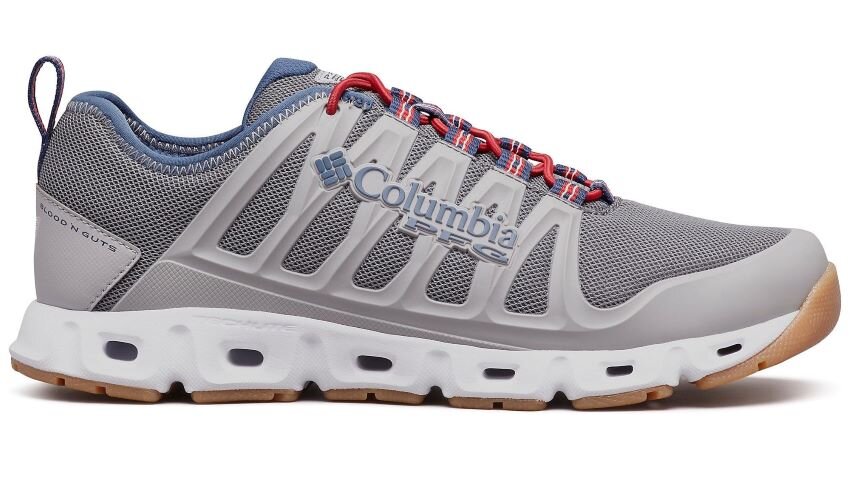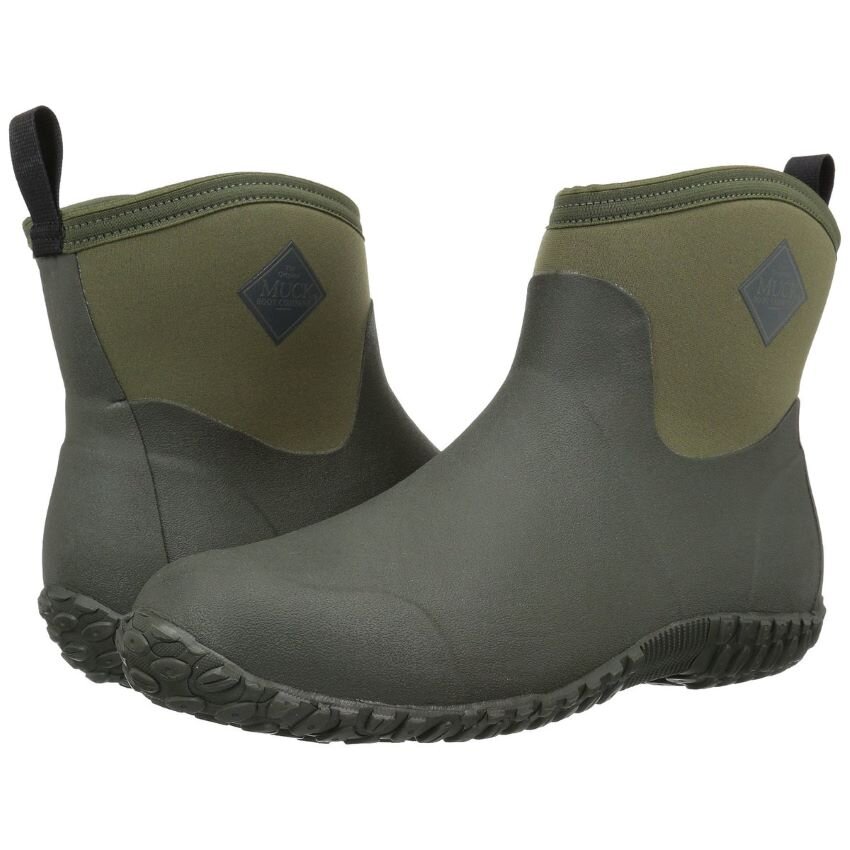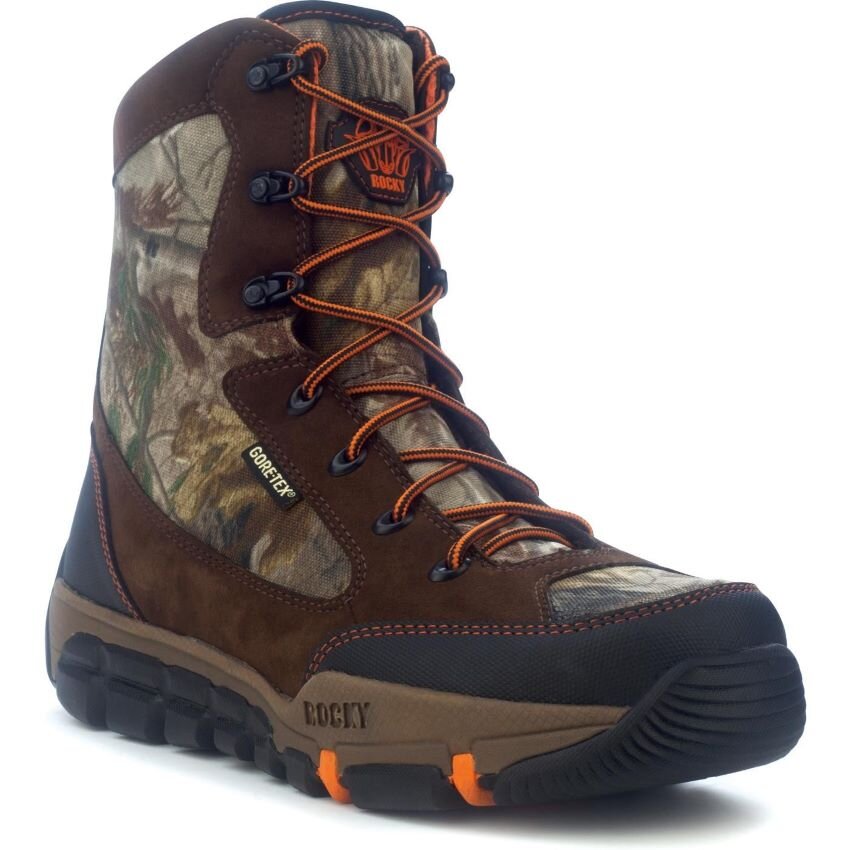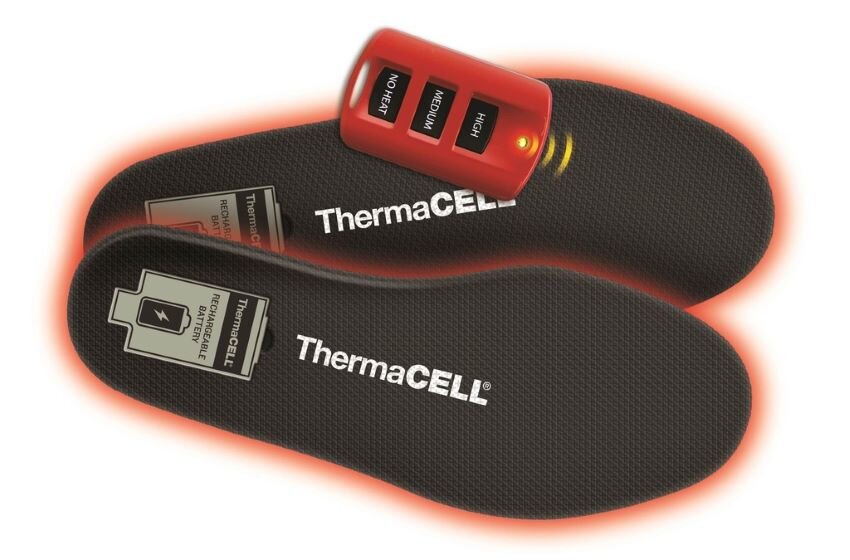Best Shoes for Fishing
Fishing apparel for both men and women has come a long way in recent years, with all sorts of high-quality fabrics meant to stretch, cool and protect. Some are even stain-resistant, which is a huge benefit for slobs like me. Even the guys who used to show up to a trip or a weigh-in wearing a plain pair of jeans or khaki shorts and a white t-shirt have now embraced more specialized clothing.
Despite that, few of us think about footwear when we’re planning a trip. Some people like to fish barefoot. I was once one of them but all you need to do is step on a crankbait or a piping hot compartment latch once or get spiked by a thrashing pelagic and you’ll likely be cured of that.
Also, as you get older, your feet may start to betray you. Despite the popular notion that it’s a lazy person’s activity, standing on one leg to run a trolling motor is tough on the body. So is fighting a big tuna in bucking waves coming over the side of the boat. On a wet deck, if you don’t have adequate traction you can end up cracking your head open or in the drink – or at the very least losing focus for long enough that the fish of a lifetime gets away. Proper footwear won’t cure all of those issues 100 percent, but it improves your odds of safety and success.
Over the years, I’ve developed a system and a selection that works for me. Your mileage may vary, but don’t forget to consider your “wheels” when you plan for a fishing trip.
Why Do I Need Specialized Fishing Shoes?
Over the years, numerous manufacturers and stores have marketed fishing-specific shoes. If you’re old like me, you may recall the Roland Martin signature series or the “Woo Shoes” from Bass Pro Shops. None of them seem to have had any long-term success or – for lack of a better term – traction on the market.
The short answer is that you don’t need to have specialized shoes IF (and this is a big “if”) you’re going to be fishing in relatively calm conditions, in good weather, and you’re in decent physical shape. I fish all the time in regular running shoes. They provide good support, they’re comfortable all day, and you can get them in just about any color you want.
After our April 2021 trip to Sport Fish Panama Island Lodge, I realized that on our upcoming return trip I wanted something different. Because we were so successful in catching tuna, which were subsequently gaffed and slapped to the floor of the boat, there was blood everywhere. That presented two problems: First, if your shoes weren’t stain-resistant, you could inadvertently ruin them. Second, because the mate hosed down all of us when we got covered in blood, any shoes without drainage systems would get full of water. You’d have to take them off to get the water out each time, which was a pain in the ass. That led me and Hanna to each invest in a set of Columbia shoes that featured their “Blood n Guts” stain-resistant technology and drain vents upon our return. I’ve worn them to fish several times around home (and on a trip to Mexico) and I’ve been pleased, but our November return to Panama will mark their first true test.
In recent years I’ve developed some foot issues that require occasional trips to the podiatrist. That’s led me to take foot care more seriously. For my everyday walking shoes I’ve switched to Hoka One Ones and while the jury is still out on their effectiveness, you might want to consider other brands made with cushioning and support in mind, including Brooks, Asics, On, New Balance, Vionic, Orthofeet, Altra, and Skechers.
One more note on this topic: If you’re going on someone else’s boat, make sure that your kicks have a “Non-Marking Sole.”
Why Can’t I Just Wear Flip-Flops?
Many anglers fish in flip-flops or some sort of sandals whenever the weather permits them to do so. The short answer to the question above, therefore, is that you can. For many years I wore Tevas and then Keen sandals to fish. If you get them, or something like them, I strongly recommend that you don’t get the “base” model. Invest a little more and get the more athletic soles. They’ll help your balance and your back.
As for true thong-style flip-flops, those never worked well for me. I had a pair from Simms that were comfortable (and I’m told that the ones from companies including Crocs and Olukai are even better) but something about clenching the toe-piece left my feet sore at the end of the day. I later switched to Simms slides, which I still own and wear for more non-demanding situations, but they don’t provide the support I really need. Furthermore, on more than one occasion they’ve come off at an inopportune time. As I’ve gotten older and my plantar fasciitis has gotten worse, I’ve tried to force myself to wear something with more support, and that often means a pair of running shoes. My foot/ankle tan is even goofier than it was before, but my feet feel much better the day after fishing.
Waterproof Options
If you’re going fishing, it’s pretty much a truism that you’re going to get wet at some point. It could be from waves over the bow, a sudden rainstorm, or a misstep when you go to put the boat on the trailer. Wet feet are often miserable feet, especially when it’s cold. I suppose you could use your regular shoes and just add waterproof neoprene socks underneath, but at the end of the day that leaves you with a smelly, clammy and potentially-ruined set of kicks. The better option, in my opinion, is just to get a set of waterproof shoes from the start. They don’t even have to be specialized outdoors or hiking shoes. Today most brands of running shoes have a water-resistant, waterproof, or Gore-Tex option. Trust me – spend the few extra dollars to get them. The first time you step in a deep parking lot puddle on a cold day in the dark you’ll thank me. The first time that you end up fishing in an unexpected squall you’ll thank me again.
I’ve owned a pair of waterproof Columbia shoes, purchased from an outlet, since 2014. They get the call almost any time I’m going to fish in temperatures between 40 and 70 degrees if we’re not expecting heavy rain. They may be nearing the end of their useful life, but they’ve more than earned their keep and it has only taken a couple of applications of waterproofing spray to keep them functional.
I also own a pair of ankle high Muck Boots for days when I know it’s going to rain from start to finish. They’re made of comfortable neoprene and they’ve never let in a drop of water. If you don’t like the look of the Muck Boots, companies including Xtratuf, Grundens, Simms and Huk all make similar products.
Planning for Warmth
Have you fished in sub-freezing conditions all day? What about single-digit temperatures? I guarantee you that if your feet get cold, it’ll make your whole body cold and it will be tough to concentrate on fishing. It may even become dangerous. That’s why anyone who is likely to encounter those conditions needs the proper footwear. You can get a super-heavy set of waterproof boots made for sitting in a tree stand, or in an ice fishing shelter, or footwear made for Arctic conditions, but many of those present a different problem: They’re heavy and awkward. The only thing worse than having cold feet all day is tripping over your trolling motor and ending up in the lake when the water temperature is 40 degrees and the air temperature is colder than that.
For close to 20 years I fished out of a pair of Rocky waterproof hunting boots with 800 grams of Thinsulate and a Vibram sole. When the soles finally wore out (I first noticed because there were chunks of black rubber all over the carpet of my boat) they sent me a new set and I had a local shoe repair shop retrofit them. When it eventually came time to replace the boots altogether, I went for a similar 8” high profile, but since I wasn’t going to be doing any heavy-duty hiking in rough terrain I opted for a more athletic sole.
At the 2015 Bassmaster Classic at Lake Hartwell, when the temperatures were in the single digits at take-off (actually, take-off had to be delayed because several of the competitors’ boats were frozen to the trailers), I invested in a set of ThermaCELL rechargeable heated insoles. They operate by remote control and they’re worth their weight in gold. In fact, during that tournament as the day warmed up a little, I had to turn them off because my feet were too hot. Combined with some other warming measures I was able to stay comfortable while sedentary on days that could have been miserable and possibly unsafe.
Try Them On
The proper footwear can be ineffective – or even counterproductive – if it doesn’t fit properly. During the trip to Panama I borrowed a pair of boat shoes allegedly in my size from a friend to try out, but they were too narrow for my wide feet and caused blisters. The same size in different brands may be significantly different and squished feet (or feet with excessive room to move around) can be just as miserable as cold or wet feet.
Yes, there are incredible online options available today for bargains, so if you know a brand/fit that works well for you, feel free to order from one of them. If not, go to a store that has a wide selection and try on different brands within the same basic profile to find one that works best for you. If you’re hunting bargains, go to a nearby outlet center – some of the ones near us have outlets for Columbia, Nike, Timberland, The North Face, and Under Armour. You might not get the latest styles or exactly the color you want, but you’ll save some bucks.
Don’t Forget About Socks
I’ve historically been the multipack, buy-em-at-Wal-Mart, kind of guy when it comes to socks. It seems silly to me to spend major bucks on something that gives such little pleasure (and where at least one of the two often ends up missing in the laundry). I’ve come around on that thought a little bit, particularly when it comes to cold weather. Specifically, I’ve bought several pairs of quality wool and synthetic heavy-duty socks to wear under my heaviest boots. I find that if they’re too thick or too thin they lead to discomfort, and on the cheap ones the elastic wears out too quickly and they end up slouching halfway down the boot. For muggy, warm-weather conditions (like those encountered in the Amazon) my friend Dennis Shew (Shew=Shoe?) recommended thin cycling socks as a buffer against the elements. No matter which socks you bring on a long-distance fishing trip, bring at least one more pair than you think you’ll need. Not only can they get lost in the wash, as noted above, but even if they end up being superfluous they don’t weigh much and can be used to protect other gear in transit.

